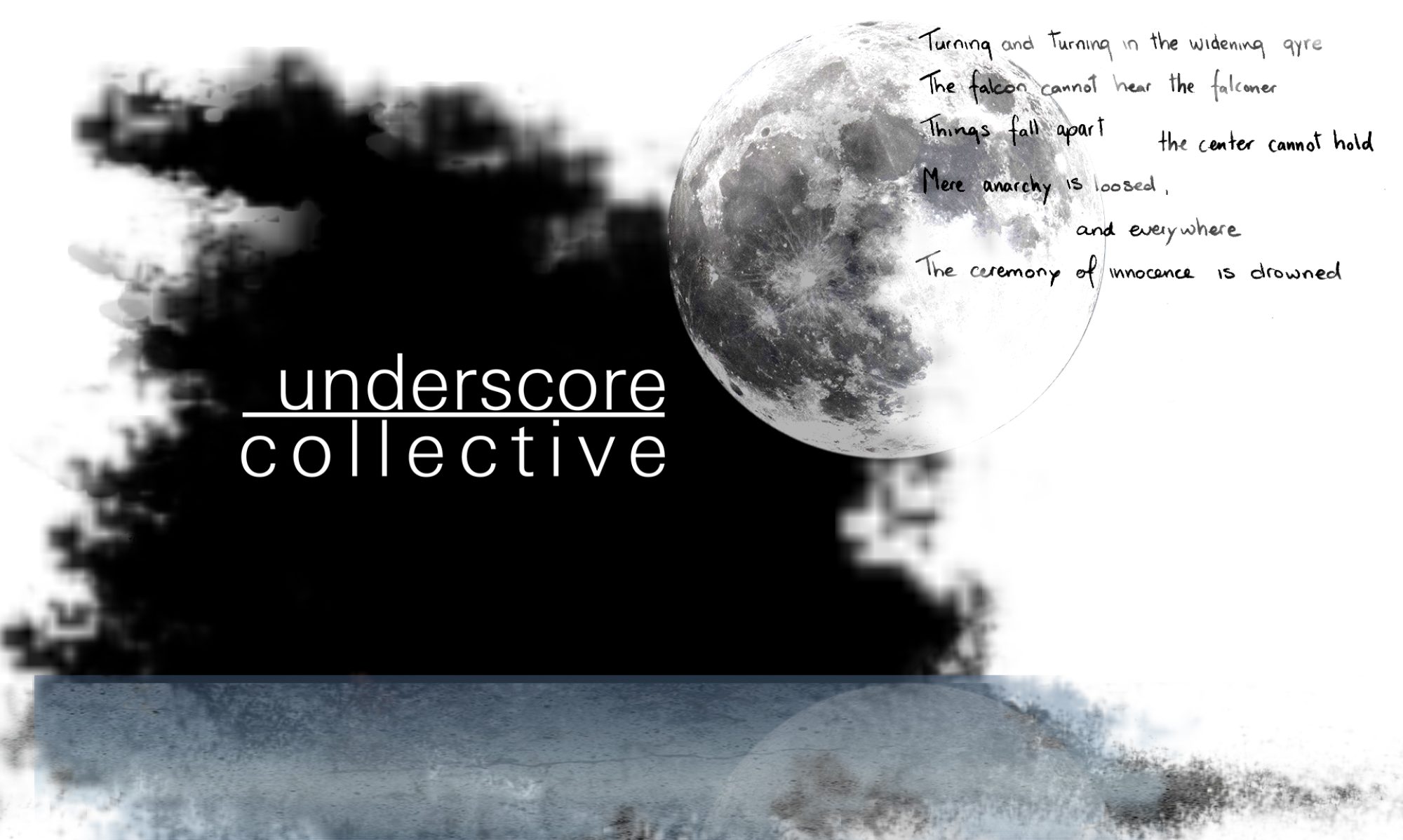Opera in the Bathhouse; an acoustically led approach to dramaturgy and scenography.
This is Opera in a Bathhouse.
Developing a new performance experience for the highly reverberant Gala Pool space of Moseley Road Baths, Birmingham, we wanted to explore what site-specific could really enable if we understood its acoustic characteristics in order to develop soundscape, and cultivate a theatrical experience which exploited, rather than apologised, for its acoustic ‘bounce’.
June 2021…
Initially, we asked the locals to help. Reaching into the community, running an educational project, partnering with babies and their grown-ups opera company b’Opera and opening up the doors to the swimmers themselves, we ran workshops ‘Discovering Acoustics through Intuitive Play’.
We wanted to explore how the space felt as it was differently inhabited, the volume and nature of the sounds that our participants were drawn towards in particular spaces of it. How these sounds felt, how the people making it felt their own presence in the space became augmented or shrank back as the sound waves bounced.
All the material was recorded. We invited the participants to not only help us discover the space, but in doing so to generate sound material which would be stimulus and yield of our final opera, echoes and hauntings of inhabitation woven into our sound artist’s soundscape.
In January 2022 we went a stage deeper: _underscore decided to work with a cross disciplinary research practice team to discover further what an acoustically led approach to dramaturgy and scenography meant.
The collaborative team included Composer Architect, Sound Recordist, Acoustic Engineer, Soprano and Dancer, in addition to Director and Designer.
Our aim: to discover the behaviour of sound in the space and find its own unique acoustic signature. We did so over the course of a week in the shared space of the Gala Pool, but through our own separate modes of enquiry; exploring a performer improvision led approach to R&D concurrently with acoustic technologies mapping frequencies. The shared space enabled discoveries and surprises, each other’s methodologies informing and shaping our approaches as we worked. It sparked new modes of investigation, in addition to new discoveries.
One particularly striking discovery was that of acoustic intimacy. For, despite its relatively high reverberation time the space was found to evoke a sense of intimacy – for both acoustician and artist – and so we worked to pinpoint how sound enabled this, how intimacy behaved in such a reverberant, large space, and how stories and moments of intimacy could be enabled here, between performer and audience.
Specialist and creative perspectives left the week feeling progress in each field, as well as the collaborative yield; acoustician and creative accounts drawing together to enhance a rich description of the performance acoustics of this unique space.
The results of this research are being published in the forthcoming book: Routledge Companion to the Sound of Space
Most importantly, the results of this research will also be felt by audience in the final performance.





